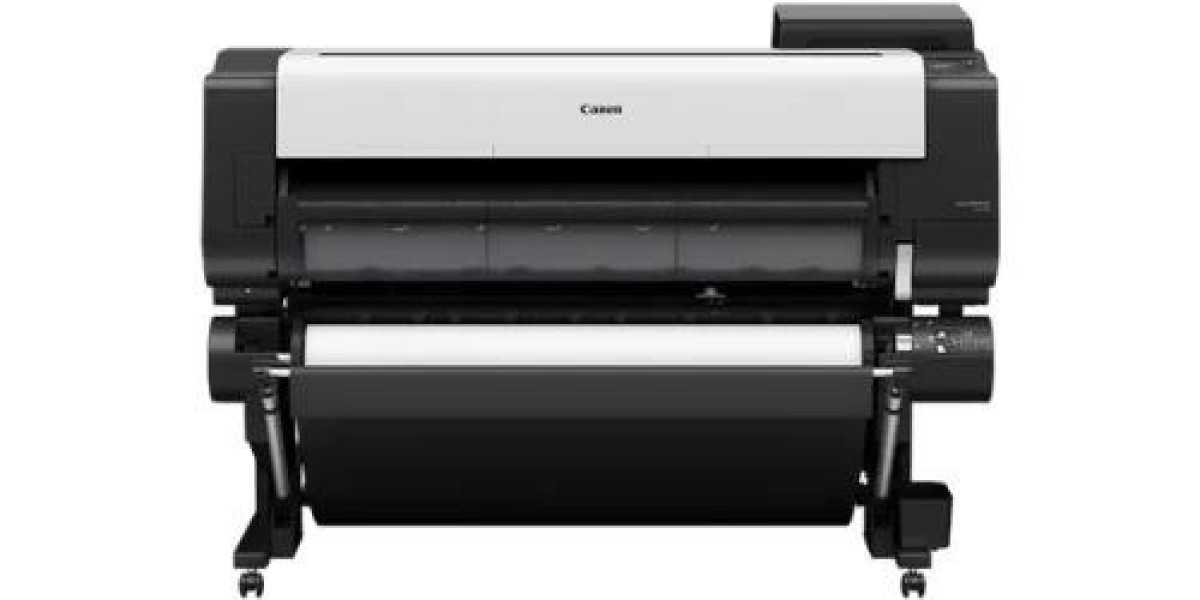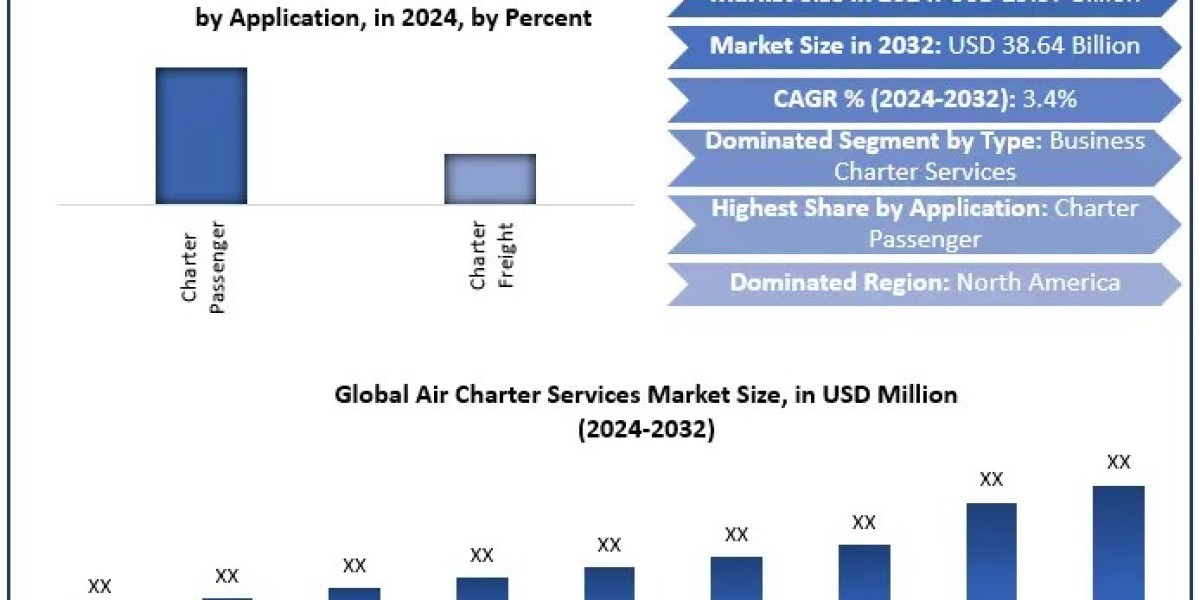In today’s dynamic market, wholesale and distribution businesses face increasing pressure to deliver faster, manage complex inventories, and maintain competitive pricing. Traditional tools like spreadsheets and disconnected systems are no longer sufficient to handle such demands. This is where wholesale and distribution software plays a crucial role.
Designed specifically for the unique workflows of wholesale and distribution companies, this type of software integrates core business functions—such as inventory management, order processing, accounting, and customer relationships—into one centralized platform.
What Is Wholesale and Distribution Software?
Wholesale and distribution software is an integrated solution built to help businesses manage every stage of the supply chain, from procurement and inventory to order fulfillment and customer service. It is often powered by ERP (Enterprise Resource Planning) technology and customized for distribution-centric operations.
This software helps companies automate manual processes, improve visibility across warehouses, and enhance overall operational efficiency.
Key Features of Wholesale and Distribution Software
Inventory Management
Track inventory in real time across multiple warehouses. Features include batch tracking, lot management, reorder points, and automated stock level alerts.Order Management
Automate the sales and purchase order process. The system ensures accurate order entry, prevents duplication, and provides order status updates throughout the lifecycle.Warehouse Management
Coordinate tasks such as picking, packing, and shipping. Tools like barcode scanning, bin location tracking, and shipping integrations boost warehouse productivity.Accounting Integration
Sync financial data with inventory and sales. Manage invoices, payments, accounts payable and receivable—all in one place.Customer Relationship Management (CRM)
Maintain customer data, order history, and communication logs. Improve service levels and manage pricing tiers or contract-based customers.Supply Chain Visibility
Get insights into supplier performance, lead times, and demand trends to make smarter purchasing decisions.Reporting and Analytics
Access real-time dashboards and generate reports on sales trends, profit margins, stock turnover, and more.
Benefits of Using Wholesale and Distribution Software
1. Improved Operational Efficiency
Automating key processes reduces manual errors, minimizes administrative overhead, and accelerates order-to-cash cycles.
2. Enhanced Inventory Accuracy
Real-time visibility ensures that businesses maintain optimal stock levels, avoid overstocking, and prevent lost sales due to stockouts.
3. Better Decision-Making
With centralized data and intelligent analytics, managers can make informed decisions on pricing, purchasing, and resource allocation.
4. Scalable Growth
As the business expands, wholesale and distribution software can scale to support additional warehouses, users, and sales channels.
5. Increased Customer Satisfaction
Faster deliveries, accurate order fulfillment, and proactive communication lead to better customer experiences and stronger relationships.
Who Needs Wholesale and Distribution Software?
This software is essential for businesses involved in:
Consumer goods distribution
Industrial supply chains
Food and beverage wholesale
Electronics and tech product distribution
Healthcare and pharmaceutical supplies
Apparel and textile wholesale
Automotive parts distribution
Whether you’re a startup distributor or a large-scale wholesaler, software designed for your workflow can be a game-changer.
Cloud-Based vs On-Premise Distribution Software
| Feature | Cloud-Based | On-Premise |
|---|---|---|
| Deployment | Hosted online | Installed on internal servers |
| Accessibility | Remote, any device | Only on-site |
| Maintenance | Managed by vendor | Requires internal IT team |
| Scalability | Easily scalable | Upgrades can be costly |
| Cost Model | Subscription-based | Higher upfront costs |
Most modern businesses prefer cloud-based wholesale and distribution software due to its flexibility, accessibility, and lower IT overhead.
Integrations That Matter
Effective wholesale and distribution platforms integrate with:
E-commerce platforms (Shopify, Magento, WooCommerce)
Accounting tools (QuickBooks, Xero)
Shipping carriers (UPS, FedEx, DHL)
CRM systems (Salesforce, HubSpot)
EDI platforms for supplier communication
Barcode and label printers for warehouse management
The ability to connect seamlessly across systems reduces data silos and improves productivity.
Top Wholesale and Distribution Software Solutions
Some of the leading platforms tailored for distributors include:
NetSuite ERP – Cloud ERP designed for wholesale and retail distribution.
Acumatica Distribution Edition – Powerful, flexible ERP with mobile access.
SAP Business One – Enterprise-grade features for small to mid-sized distribution companies.
Odoo – Open-source ERP with customizable modules.
QuickBooks Commerce – Ideal for small distributors needing sales and inventory management.
Zoho Inventory – Affordable, cloud-based solution with strong integration capabilities.
The right platform will depend on your company size, complexity, and budget.
How to Choose the Right Software
When evaluating wholesale and distribution software, consider the following:
Does it support multiple warehouses or sales channels?
Can it handle your current volume and scale with growth?
Is the user interface intuitive for your team?
Does the vendor provide training, support, and ongoing updates?
Can it integrate with your existing tools and systems?
Conducting demos, reading user reviews, and involving stakeholders in the selection process can help you make an informed decision.
Conclusion
Wholesale and distribution software is no longer optional—it’s essential for companies that want to remain competitive in a fast-paced, digitally driven marketplace. By automating critical functions, improving visibility, and streamlining operations, this software empowers distributors to meet customer expectations, reduce costs, and grow confidently.
If you’re still managing your operations through spreadsheets or legacy tools, now is the time to explore a modern, scalable software solution tailored to wholesale distribution success.








